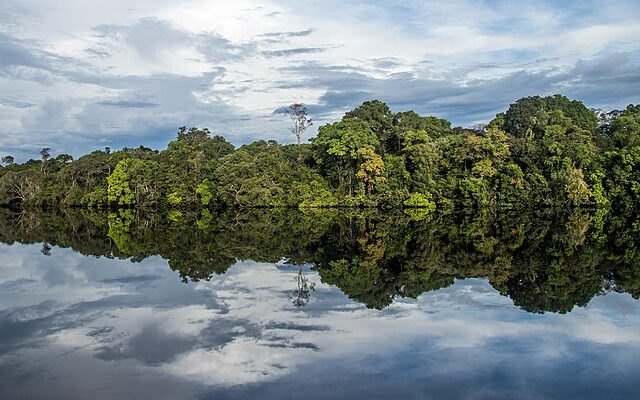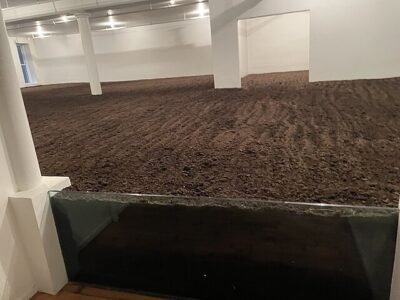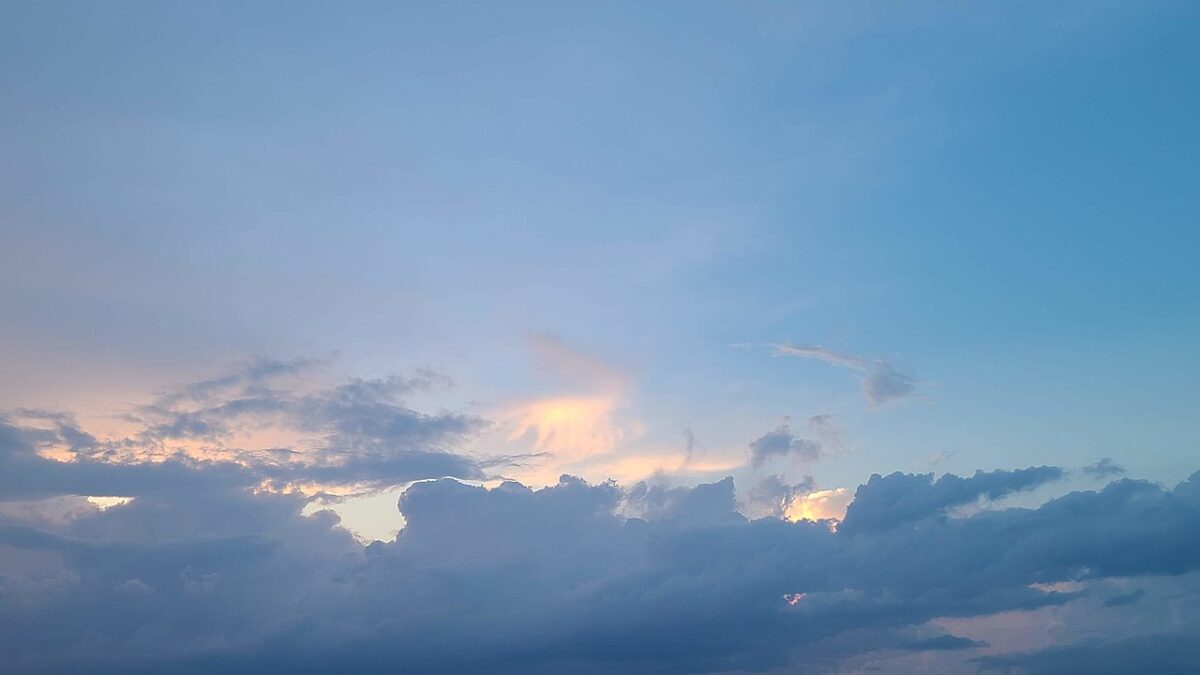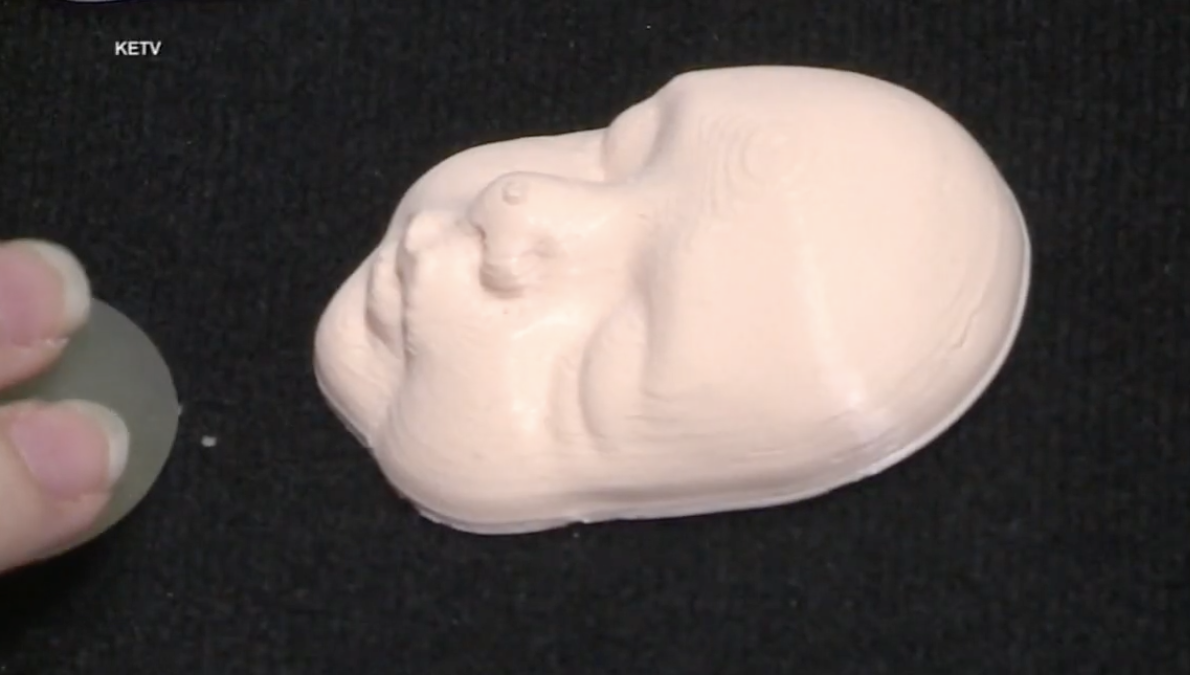
July through October tend to be the dry season in the western and northern Amazon rainforest, but this year it’s been particularly bad. The acute lack of rainfall over the latter half of the year has pushed the region into a severe drought. According to the Associated Press, the low river water levels on the Rio Negro and other nearby rivers have disrupted drinking water supplies for communities through the country. Some rivers have gotten so low that it has slowed commercial navigation.
But as the riverbeds have lowered, what people are seeing on the sides of them has gotten the world talking.
If you look closely at the rock, you can see carvings that haven’t been viewed in thousands of years.
“The engravings are prehistoric, or precolonial. We cannot date them exactly, but based on evidence of human occupation of the area, we believe they are about 1,000 to 2,000 years old,” Oliveira said in an interview with Reuters.
The rocky point is called Ponto das Lajes on the north shore of the Amazon near where the Rio Negro and Solimoes rivers join.
Oliveira said the carvings were first seen there in 2010, but this year’s drought has been more severe, with the Rio Negro dropping 15 meters (49.2 feet) since July, exposing vast expanses of rocks and sand where there had been no beaches.
“This time we found not just more carvings but the sculpture of a human face cut into the rock,” said Oliveira, who works for the National Historic and Artistic Heritage Institute (IPHAN) that oversees the preservation of historic sites.
The engravings are an “inestimable” discovery and will play an important role in understanding these prehistoric populations, Beatriz Carneiro, historian and member of Iphan, Praia das Lajes, told AFP.
“Unhappily it is now reappearing with the worsening of the drought,” Carneiro continued.
The drought could also threaten the conservation of the Lajes site, per Carneiro, AFP reported. The outlet explained that the river Negro has dropped by just under 50 feet since July and recorded its lowest flow in 121 years last week.
Amazon rivers are vital waterways in the area, and the drought has caused issues with supplies and transportation, the report added.









